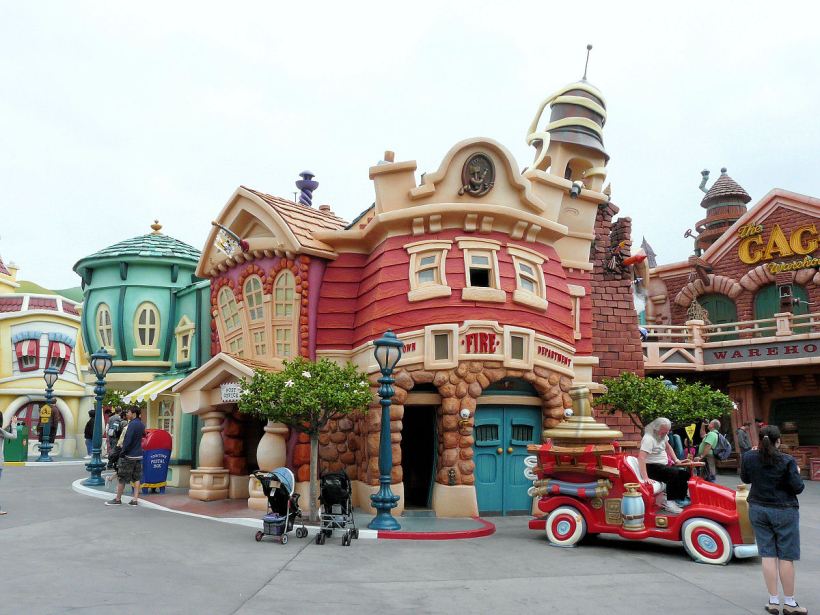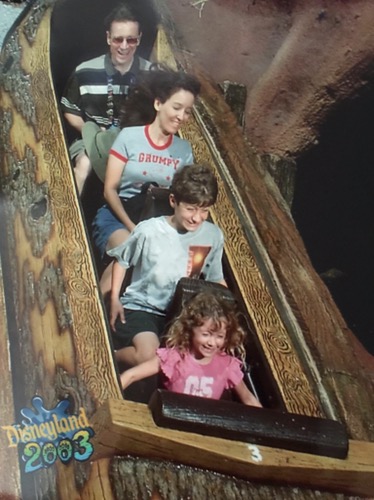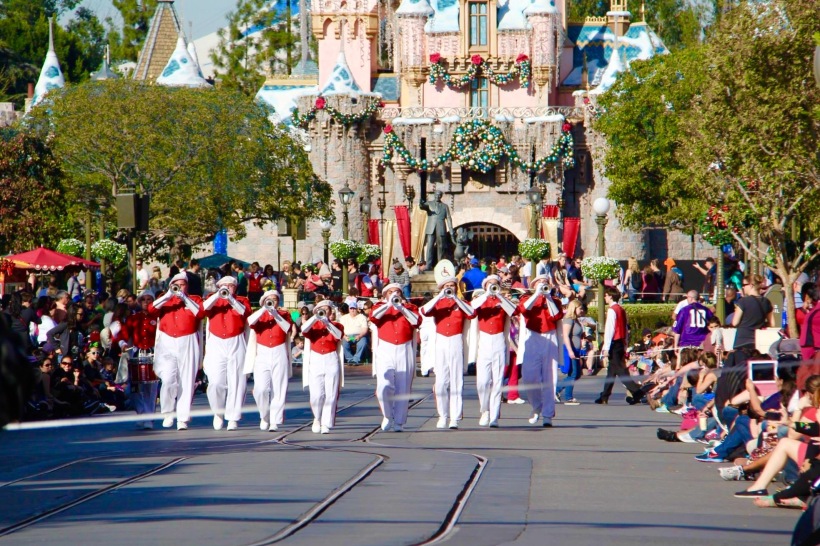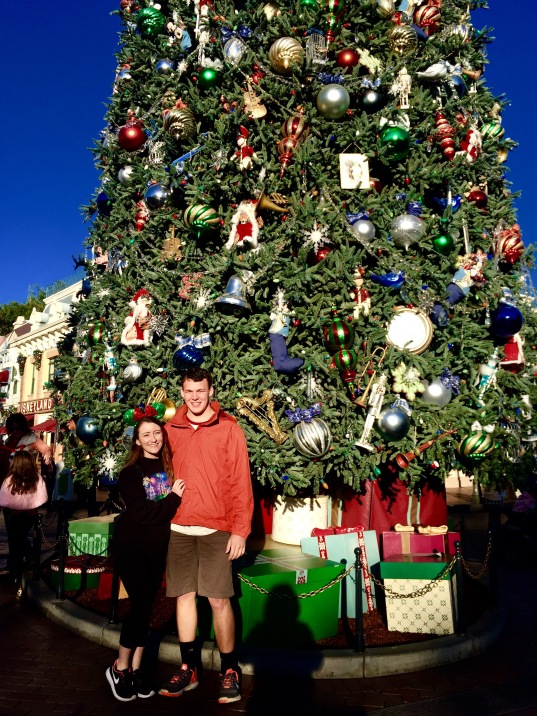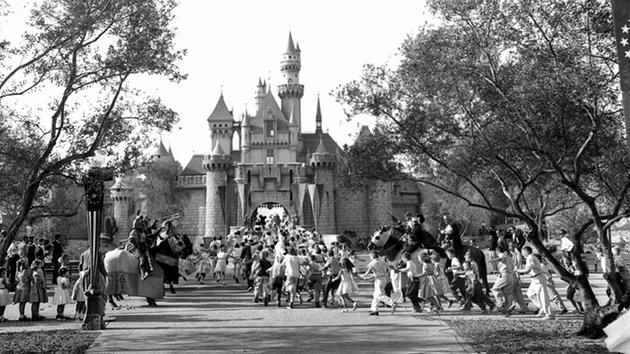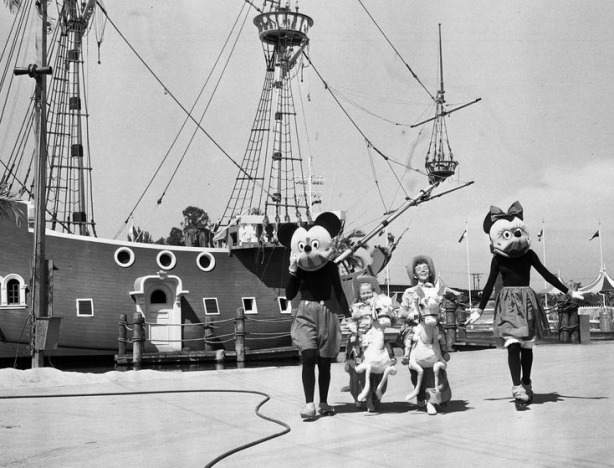Most tourists feel a desire to experience the authentic, but authenticity isn’t easily defined. Some argue that Disneyland is the antithesis of authentic. It is structured, controlled, and meticulously maintained. Lawrence Mintz writes “Tourists are seeking more meaningful, even profound satisfaction, but what they actually experience is a ‘staged authenticity,’ an encounter that is essentially engineered both by the tourism industry that controls the plan of the visit and by the cultural expectations of each visitor” (Mintz 267). However, I wonder if “staged” authenticity is really any less authentic, and if it is, at what degree does something become categorized as staged?
Erve Chambers writes, “In some discussions of the fate of authenticity in tourism places, concern for a single standard of authenticity has begun to shift to an appreciation of significance, or how a resource is valued and authenticated by different stakeholders and how those different different criteria for determining authenticity are negotiated by those who have a stake in any particular tourism circumstance” (Chambers 100). I believe that Chambers is suggesting that the authenticity of a place can be valued by way of its importance to various communities and cultures.
In the case of simulacra, I think this is very relevant since often times outsiders or first time visitors don’t see them the way that other people do. Places that are simulacra tend to have complex level of value in communities, and I think Chambers is trying to say that as long as their is value for the community or cultures it can be authentic. In a way, a simulacrum is actually completely authentic. It’s a copy of something that was never real, a representation of reality that is original in its own right.
The traditions formed at Disneyland, like parades and fireworks, were historically inventive and imaginative. Walt Disney was known for his ambitious over-the-top dreams for his park the simulacra within his parks are authentic in their own right. This goes back to the issue on authenticity, but people are really drawn to things that feel authentic and original, even if those things are completely staged and created for consumption.




